Paperbark Maple in Distress?
atjaguarx
12 years ago
Featured Answer
Sort by:Oldest
Comments (26)
atjaguarx
12 years agoRelated Professionals
Signal Hill Landscape Architects & Landscape Designers · White Oak Landscape Architects & Landscape Designers · Surprise Landscape Contractors · Athens Landscape Contractors · Beachwood Landscape Contractors · Boca Raton Landscape Contractors · Commack Landscape Contractors · Hendersonville Landscape Contractors · Lemont Landscape Contractors · Eastvale Fence Contractors · Fort Lauderdale Fence Contractors · Northridge Fence Contractors · Ponte Vedra Beach Fence Contractors · Simi Valley Fence Contractors · Voorhees Fence Contractorsatjaguarx
12 years agowhaas_5a
12 years agotsugajunkie z5 SE WI ♱
12 years agoarktrees
12 years agoginkgonut
12 years agoatjaguarx
12 years agoatjaguarx
12 years agoatjaguarx
12 years agoatjaguarx
12 years agowhaas_5a
12 years agogardener365
12 years agowhaas_5a
12 years agoatjaguarx
12 years agoatjaguarx
12 years agotsugajunkie z5 SE WI ♱
12 years agowhaas_5a
12 years agoatjaguarx
12 years agowhaas_5a
12 years agoatjaguarx
12 years agowhaas_5a
12 years agoIpmMan
12 years agowhaas_5a
12 years agoatjaguarx
12 years agoIpmMan
12 years ago
Related Stories
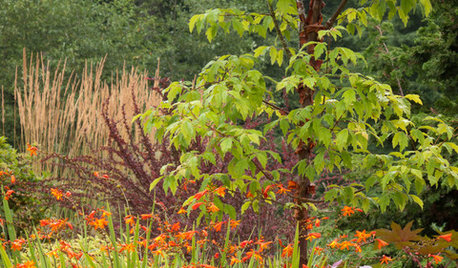
GARDENING GUIDESGreat Design Plant: Paperbark Maple
With fall foliage like a sunset and bark the color of cinnamon, this tree is a highlight of the landscape
Full Story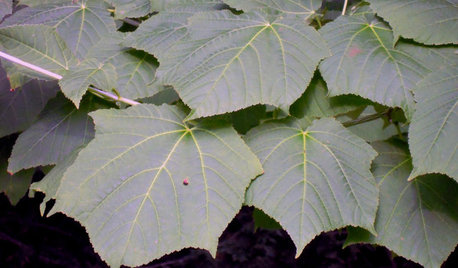
GARDENING GUIDES5 Amazing Small Maple Trees
There's more to maples than syrup. Expand your maple milieu with any of these 5 small and unusual trees
Full Story
REMODELING GUIDESYour Floor: An Introduction to Solid-Plank Wood Floors
Get the Pros and Cons of Oak, Ash, Pine, Maple and Solid Bamboo
Full Story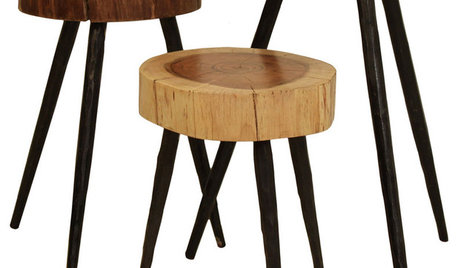
PRODUCT PICKSGuest Picks: 20 Beautiful Wooden Pieces
Elm, Walnut, Maple and Other Woods Wow in These Home Finds
Full Story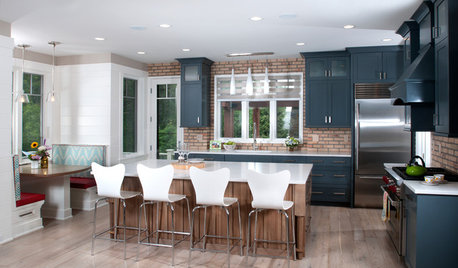
ROOM OF THE DAYRoom of the Day: Eclectic and Casual in a Michigan Great Room
Distressed finishes and a mix of styles make this newly built great room fit for a laid-back family
Full Story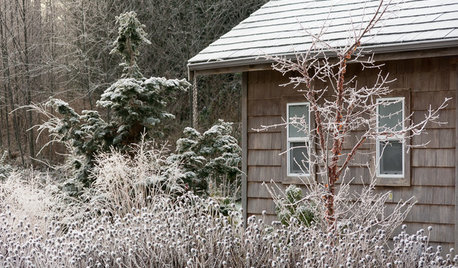
WINTER GARDENINGLook Beyond Plants for a Wonderful Winter Garden
Use sculptures, fences and other structures to draw the eye to a bare-bones landscape
Full Story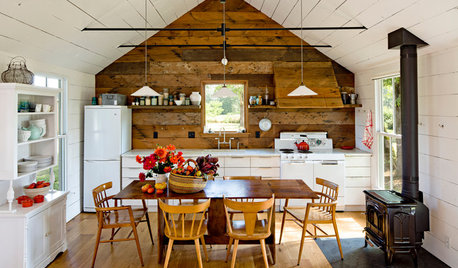
KITCHEN DESIGN15 Ways to Cozy Up a Kitchen With Rustic Style
Homeyness hits the spot when fall's chill sets in. These ideas will have you roughing things up for a kitchen steeped in comfort
Full Story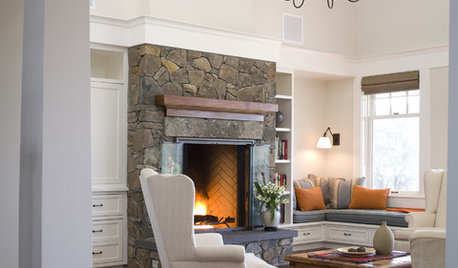
FURNITUREHow to Mix Wood Furniture Finishes
Furniture doesn't need to match to look good; add character and charm to your home with mismatched — but complementary — tones
Full Story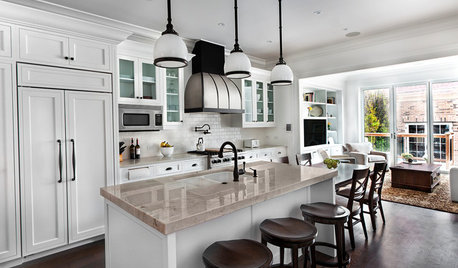
KITCHEN OF THE WEEKKitchen of the Week: Good Flow for a Well-Detailed Chicago Kitchen
A smart floor plan and a timeless look create an inviting kitchen in a narrow space for a newly married couple
Full StorySponsored
More Discussions






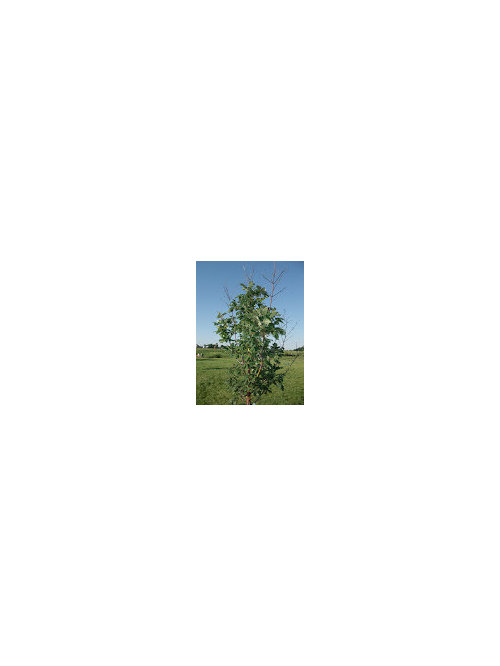
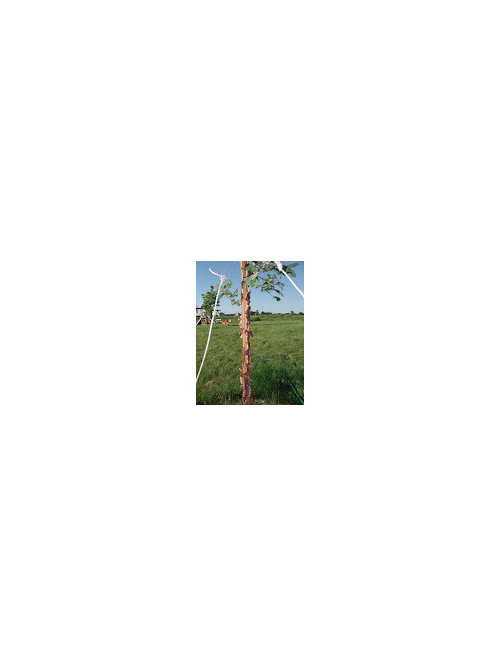

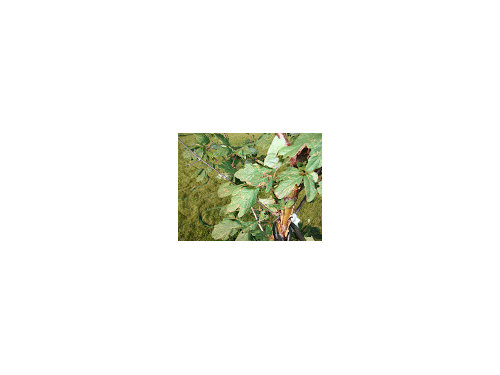
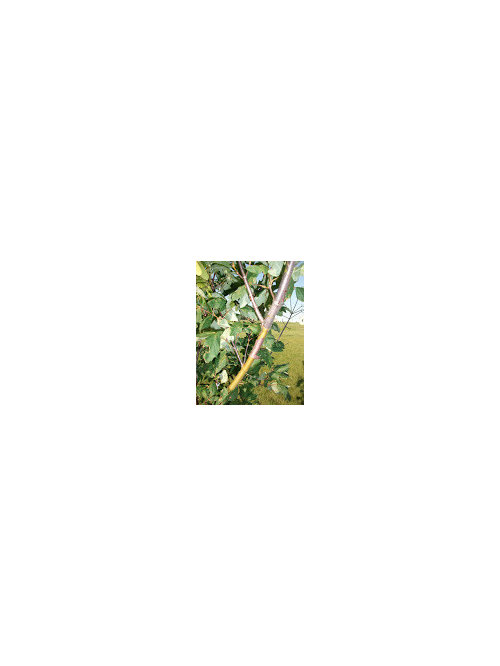

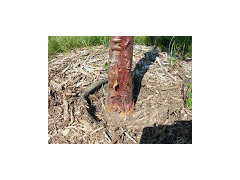
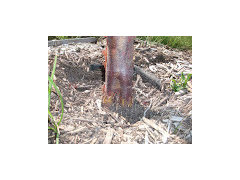
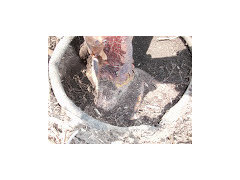

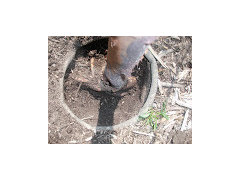

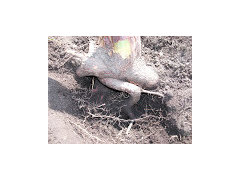

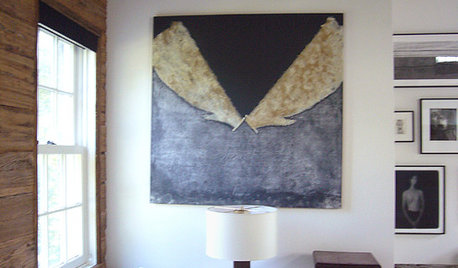
jean001a